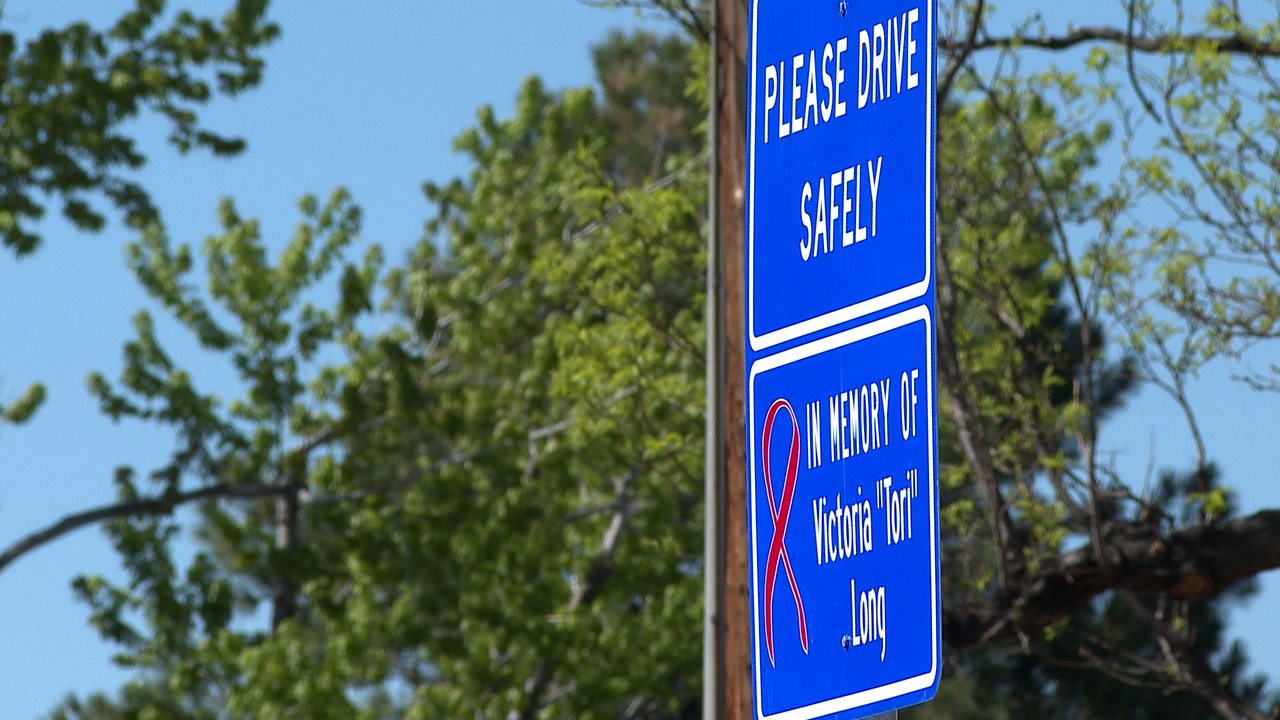BOULDER COUNTY, Colo. (KDVR) — More than a year after the Marshall Fire, officials still have not released a cause.
A hearing is taking place this month for the lawsuit surrounding the origins of the Marshall Fire, and a Boulder business owner is leading a class-action lawsuit against Xcel Energy.
The lawsuit alleges that downed power lines in the area of Eldorado Springs Drive and Foothills Highway may have caused the blaze.
Can downed power lines really start a fire?
Electrical arcing is when electricity jumps from one connection to another. This flash of electricity reaches temperatures of 35,000 degrees Fahrenheit.
So, the Problem Solvers checked in with Gene Camp, the deputy director for fixed utilities with the Public Utilities Commission, about whether this could really happen.
Camp gave two examples. In Highlands Ranch a few years ago, Xcel Energy faced another lawsuit where their power lines were accused of arcing and starting the Chatridge Fire.
The second example was the Black Forest Fire, where Camp said the fire was burning so hot underneath power lines that the fire actually caused the lines to arc.
“There’s definitely a possibility that distribution or transmission of electric transmission lines can cause a fire,” Camp said. “The lines kept faulting because it was arcing between the transmission lines, because the smoke was actually providing a conduction path between. It wasn’t the wires hitting each other, it was the smoke itself causing the arcing out there, so you can actually have it go either direction.”
What are utilities doing to prevent it?
Because of the history of arcing power lines starting fires, the utilities initiated a wildfire mitigation plan. The commission recently approved a $500,000 investment for the utilities to do some wildfire mitigation work, according to Camp.
During this project, they’re basically inspecting every line in order to see if there’s a need to update parts in order to prevent fires from happening.
“They’re inspecting all the lines and looking at all the poles. So looking at the conductors, they’re replacing some components that have a higher likelihood of causing a fire, like a fuse with newer technologies that aren’t as likely to cause that problem. So, that’s kind of the multiple paths that they’re taking to basically mitigate,” said Camp.
There was a hearing in January and the next one is scheduled for May.
